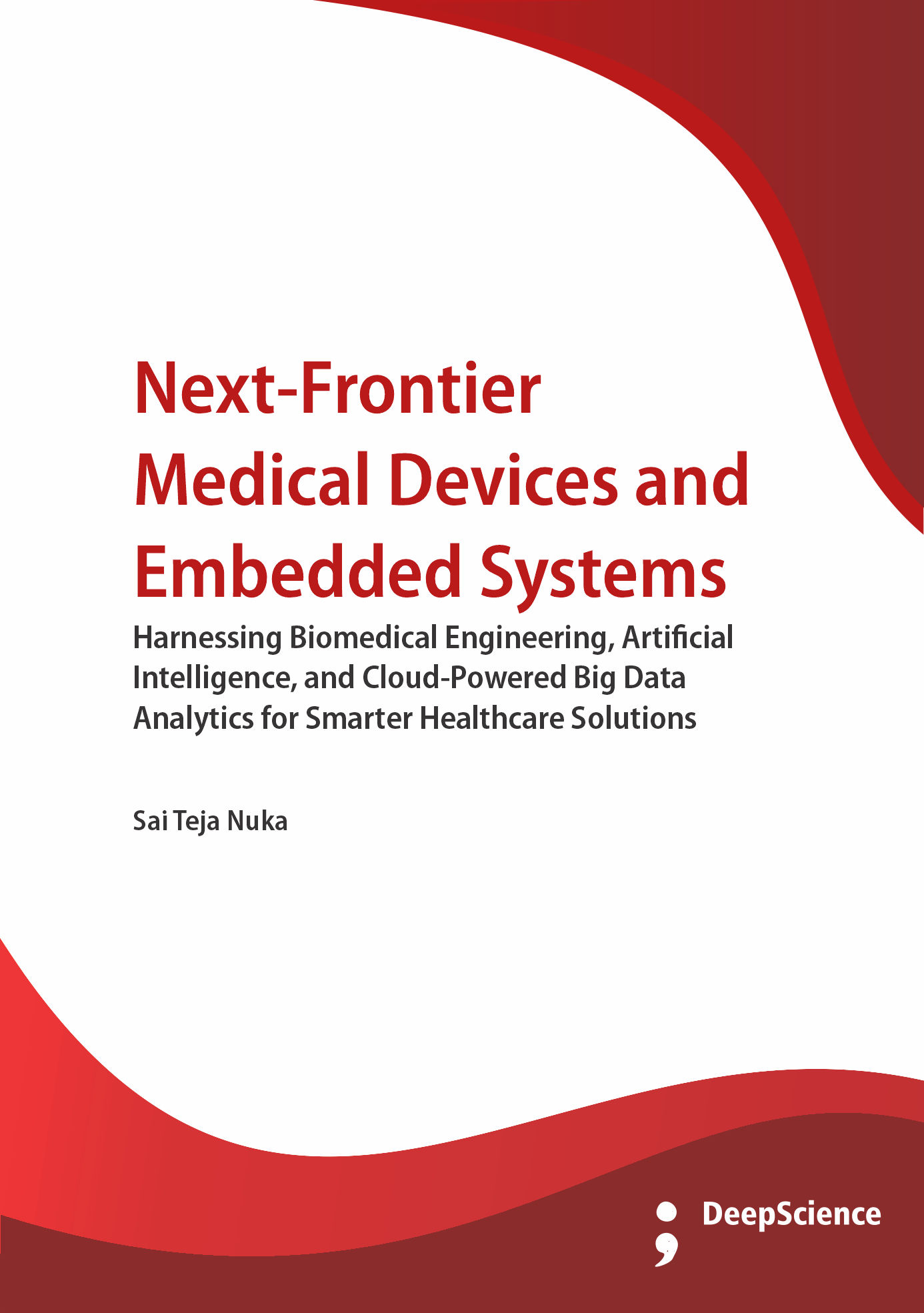Utilizing artificial intelligence for biomedical signal and image processing applications
Synopsis
The importance of biomedical signal and image processing (BSIP) applications is increasing heavily in the last decade from both societal and commercial points of view. The rampant increase of the size of the aging population worldwide, as well as the rapid advancement of computer technology, sensors, and communication networks are some of the key factors contributing to this increase. The BSIP applications include health-monitoring and disease-detection devices based on biomedical signals and images. The types of biomedical signals include electrocardiograms, electromyograms, electroencephalograms, as well as other electronic signals generated with electrical pulses from the human body. For the types of biomedical images, these include X-ray, MRI, Ultrasound, CT, and PET images, which are generated by the high-definition flexible scanners currently available in the market. The mainstream use of biomedical signal and image processing is mainly centered around clinical and upsized applications. For clinical purposes, the applications are used mainly by doctors or caregivers to provide services to patients in hospitals or at home. The BSIP applications provide and communicate information to the doctor or the caregivers about the disease-related condition of the patient and where the disease is situated in the body, and the type of damage, so that they may take necessary action. Within the upscaled applications, the devices are aimed at the general public, and are used by the general patients to monitor signals and images to help detect any potential disease-related condition, and may share this information with their doctors or caregivers, so that they can advise the patients about the type of action that should be taken.












